All of our operational dogs are trained and assessed to detect and follow any human scent they come across rather than detecting the scent of one particular person. They are capable of picking up the scent of someone they’ve never come across before. Whether it’s a real rescue, a training session or even an assessment, it doesn’t matter that the dog has never encountered the casualty before. The dog is still able to extract characteristics that indicate the source is human.
The dogs are the real superstars of the team. To them, this search and rescue business is just a big game. They are willing to expend endless energy searching for someone who might not even be there and to work for hours for their favourite toy or much-valued treat. They are, without a shadow of a doubt, truly amazing.
The majority of the dogs in the team are air-scenting search dogs. An air-scenting dog works with their nose in the air. They follow any human scent they detect and do not require the last known point or a scent article from the missing person. When they make a find, they return to the dog handler to alert and lead them to the find. Air-scenting dogs work off-lead and are particularly effective when a large area must be searched.
In addition to air-scenting, we are also developing the use of ground-scenting or trailing dogs. These are scent-specific dogs trained to follow the trail and direction of travel of a missing person. Ground-scenting dogs work on a long line held by their handler and are given a scented article from the missing person at the start of the search. They are often used at the front end of search, from the last-known point of the missing person.
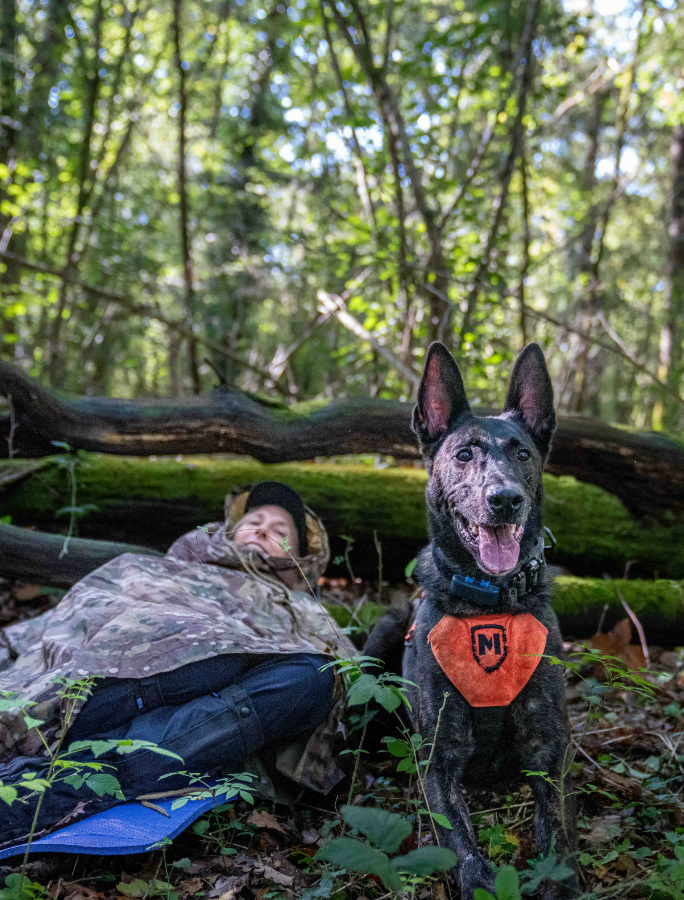
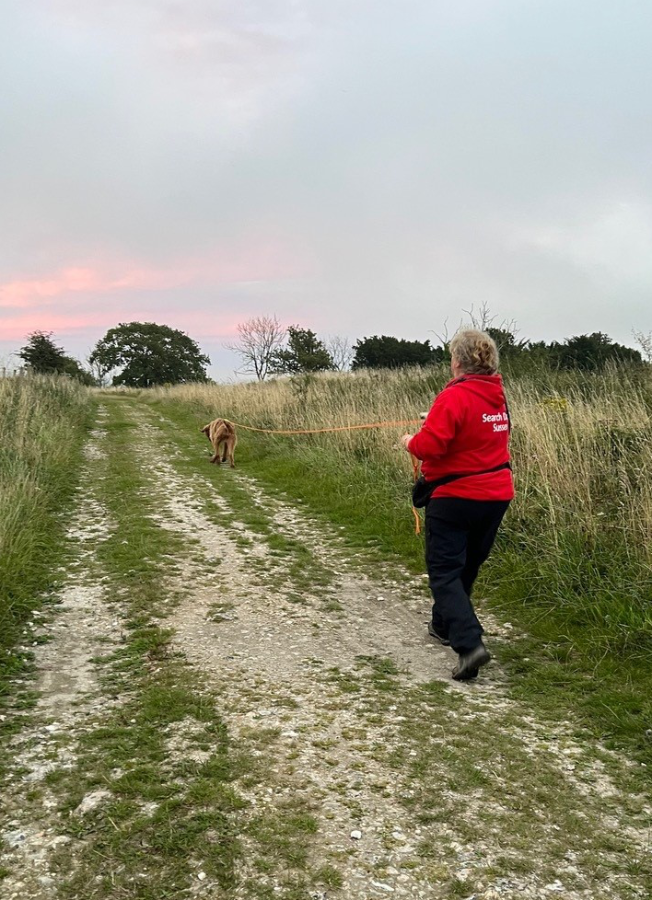
However good our dogs are, one dog doesn’t make a team. The bond between dog and handler takes years to build. A dog and handler know each other’s body language, they feed off each other’s mood and have an intimate understanding of one another. A handler can tell if the dog is on scent by a swish of a tail, a raise of the nose, or a prick of the ears. The dog can tell where he needs to search by a look of the eyes or the shine of the torch.
Training a search dog is hard. Be under no illusions. It takes commitment, patience and practice, practice, practice. A successful dog and handler will need to train at least once a week, often more, for a concentrated period of time that could be up to two years or more.
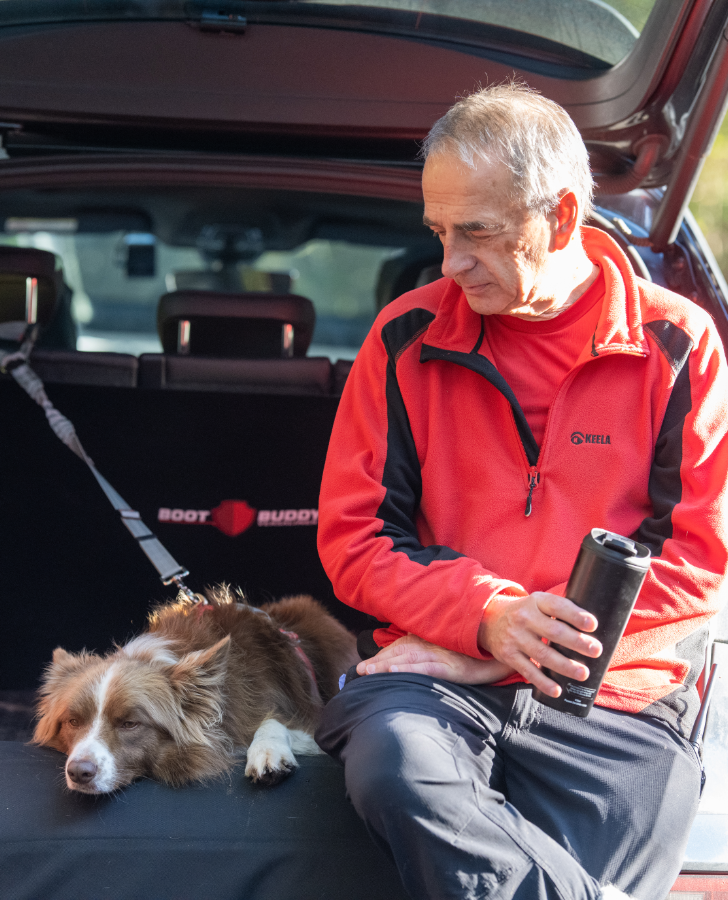
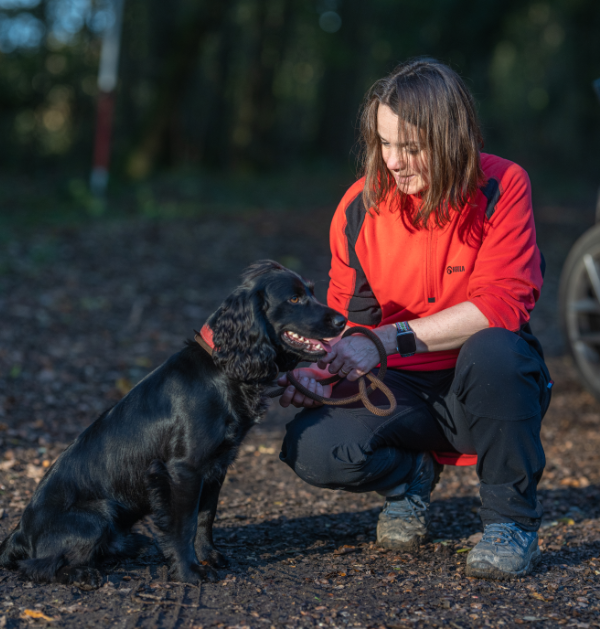
A dog and handler in training towards the Lowland Rescue assessment standards to become operational. Typically this can take upwards of two years. All dogs must also pass a basic obedience test as well as an animal/livestock test.
A level 2 dog has successfully passed the Lowland Rescue level 2 national assessment, where a dog and handler will search a 2 km path, up to 25 m on either side, with up to 4 missing people, within 60 minutes. This is the first operational level and the dog team are now able to attend live callouts. Reassessment is required every 2 years.
A level 3 dog has successfully passed the Lowland Rescue level 3 national assessment, where a dog and handler will search 50 acres of land, with up to 4 missing people, within 90 minutes. This is the second operational level. Reassessment is required every 2 years.
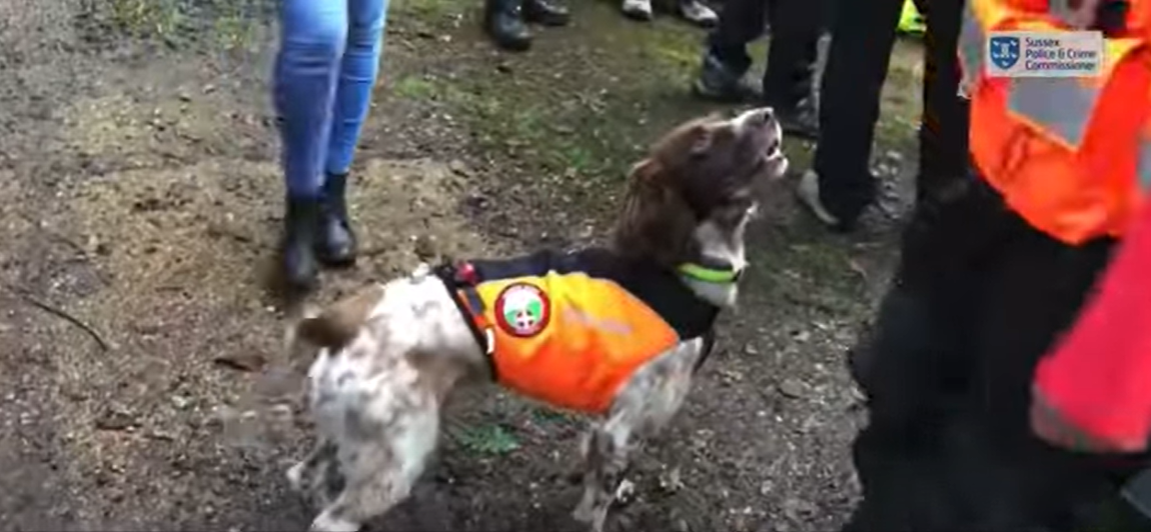
Sussex Police and Crime Commissioner Katy Bourne Interview
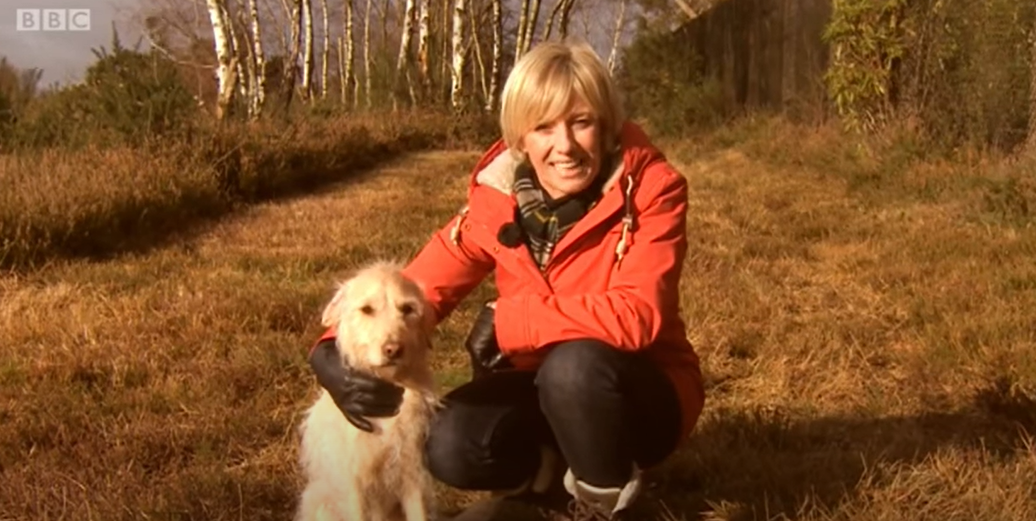
Inside Out, BBC South East
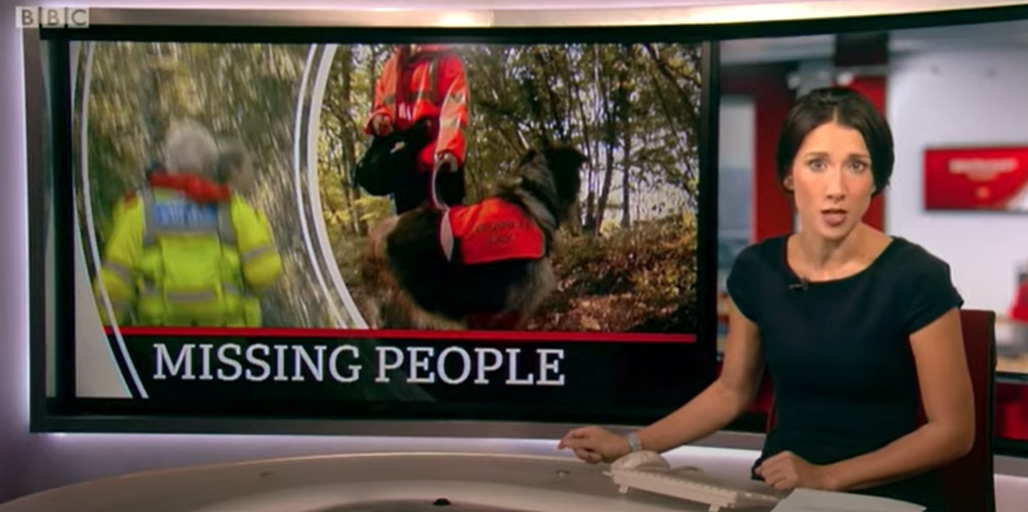
BBC South East Evening News October 2019
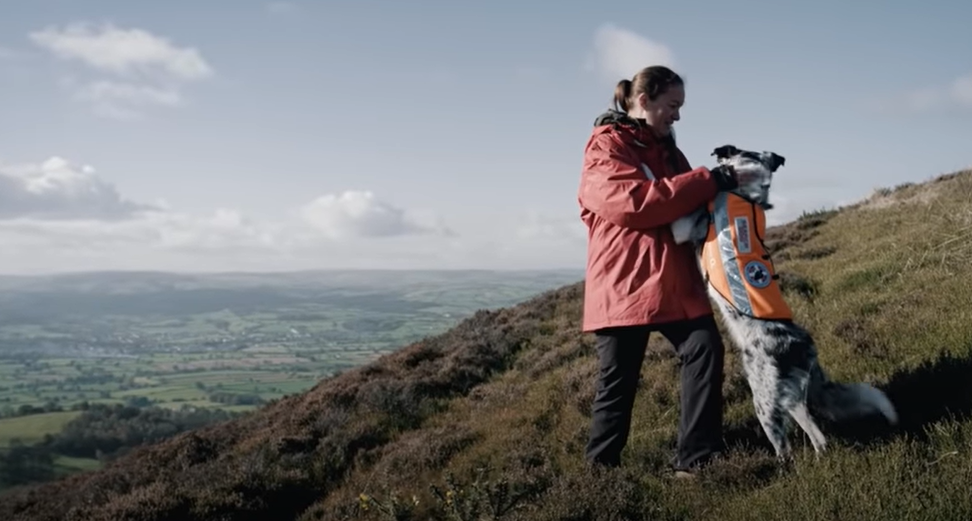
Saving Lives with the National Search and Rescue Dog Association (NSARDA)
Registered Charity in England and Wales, 1110700
Photos: Max Robinson, Jacqueline Rackham, Callum Beer, Jim Holden